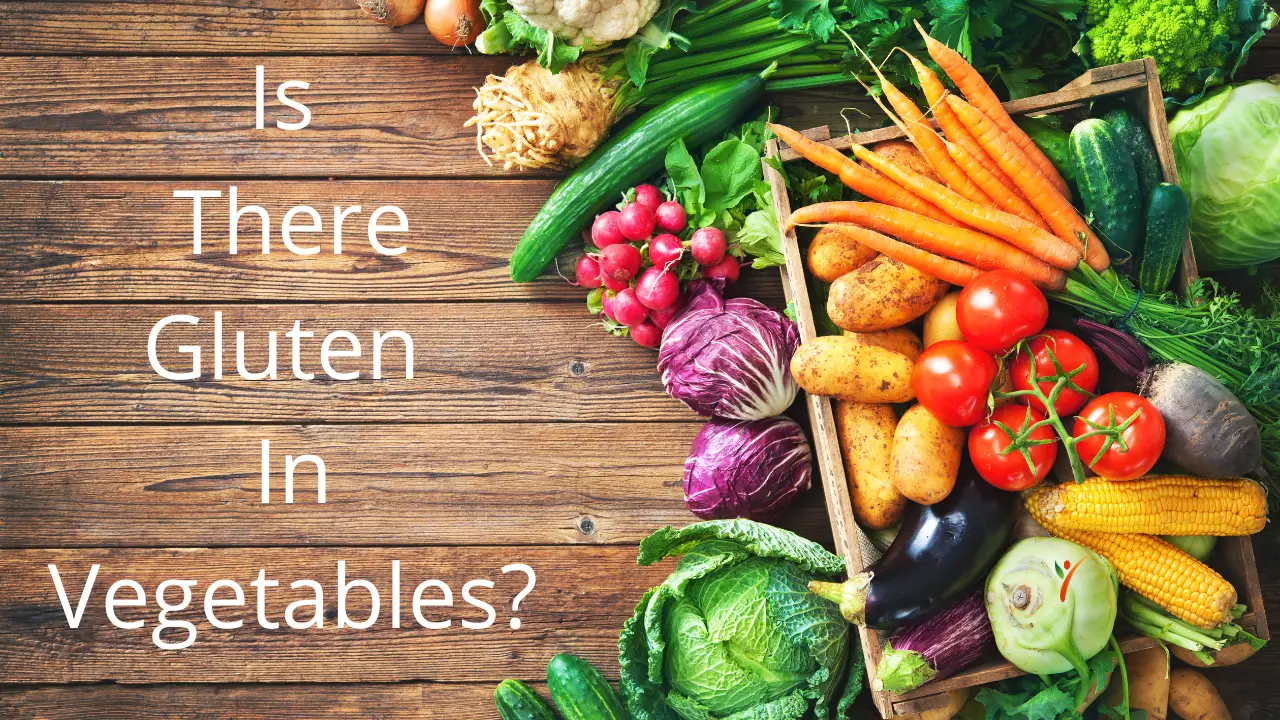Gluten-free dieters have to look into everything they consume, so while it may seem like a silly question, it's understandable to scrutinize even natural ingredients such as vegetables if you're following a strict diet. Here's a guide on everything you should know about eating vegetables on a gluten-free diet.
Classification of Vegetables
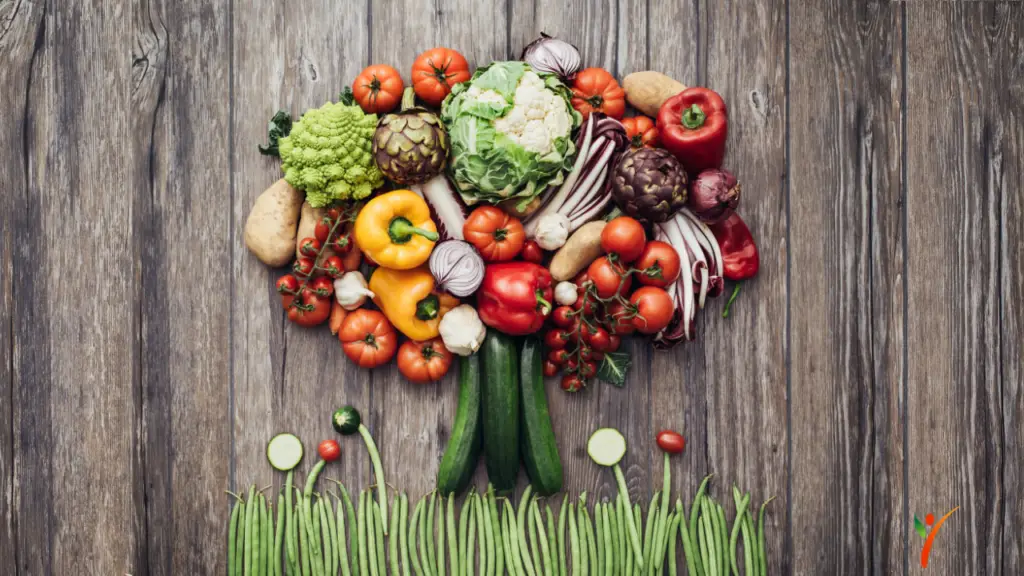
Vegetables have been around as long as humankind. Fun fact- humans have learned to grow specific vegetables in areas they rarely grow. Labs have optimized temperature and conditions for growing vegetables. With an endless variety of vegetables, we have classified them into several categories.
We categorize vegetables according to the edible part of a plant. When different parts of a plant are edible, certain vegetables fall into more than one group. An example of this would be the beetroot since both the leaves and roots are eatable.
Bulbs:
These usually grow only below the ground surface and develop a fleshy, leafy shoot above the ground. Bulbs typically comprise a combination of layers or parts. They include garlic, leek, onion, shallot, etc.
Flowers:
Some vegetables contain edible flower parts. They include artichoke, cauliflower, broccoli, Choi sum, courgette, etc.
Fungi:
Mushrooms are commonly known as fungi when referring to vegetables. Common types of mushrooms include shiitake, truffle, black, white, enoki, etc.
Leaves:
Vegetables come under the category of ‘leaves' when the plant's leaves are edible. They include bok choy, cabbage, lettuce, spinach, Brussels sprout, etc.
Fruits:
Vegetables that grow as fruits of a plant. To point them out, they're fleshy in appearance and contain seeds. Bitter melon, capsicum, chili, cucumber, eggplant, pumpkin, tomato are frequent examples of vegetable fruits.
Roots:
When going for physical appearance, vegetable roots are usually round-shaped and long taproots. They include beetroot, carrot, radish, turnip, swede, parsnip, etc.
Seeds:
Making sweet corn an exception, vegetables that grow as seeds often mature in pods. Many choose to ingest the pods as well as the seeds. The most common example of this classification of vegetable is peas.
Stems:
This classification includes the vegetables where the stem of the plant makes up the principal part. Asparagus and celery come under this classification.
Tubers:
Vegetables that grow underground on the stem of a plant fall under this category. Potatoes and yams are an example of tubers.
Do Vegetables Contain Gluten?
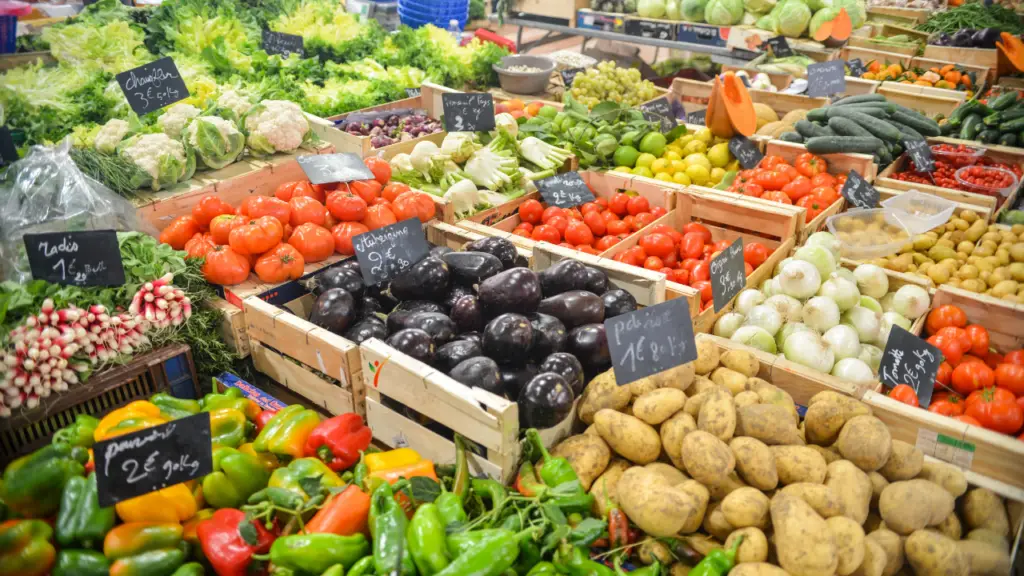
All naturally produced vegetables are free from gluten. Vegetables themselves have no gluten-containing ingredients. Whether you're frying, steaming, or baking the veggies, they're all wholesome on a gluten-free diet. You should add veggies to your daily diet as the key to a nutritious and healthy life.
However, as with all processed foods, there remains a chance of gluten-contamination in canned vegetables. Canned vegetables may use gluten-containing ingredients as flavor enhancers or preservatives.
Although, you don't always have to leave out canned vegetables if you're short on time. As long as you're reading the labels accurately, it's safe to consider many canned vegetables as gluten-free.
Make sure you contact the manufacturer to ensure the risk of cross-contamination during processing. However, as a rule of thumb, the more additives processed foods contain, the more unsafe it is. Not to mention, you should buy natural products for your health even if canned vegetables sound tempting.
Frozen vegetables containing a single ingredient (e.g., frozen peas or frozen green beans) are generally gluten-free. Once again, you can always check with the vendor to double-check your concerns.
One scenario where you should avoid vegetable dishes at all costs is in restaurants. Even if the plate is vegetarian, the kitchen staff will simultaneously prepare gluten-containing food as well.
With celiac disease, even the slightest cross-contamination with kitchen utensils can trigger your symptoms. It's best to prepare homemade meals or to visit a gluten-free restaurant. If you have no other choice, ask the server or manager about the risk of cross-contamination before ordering.
Why Eat Vegetables?
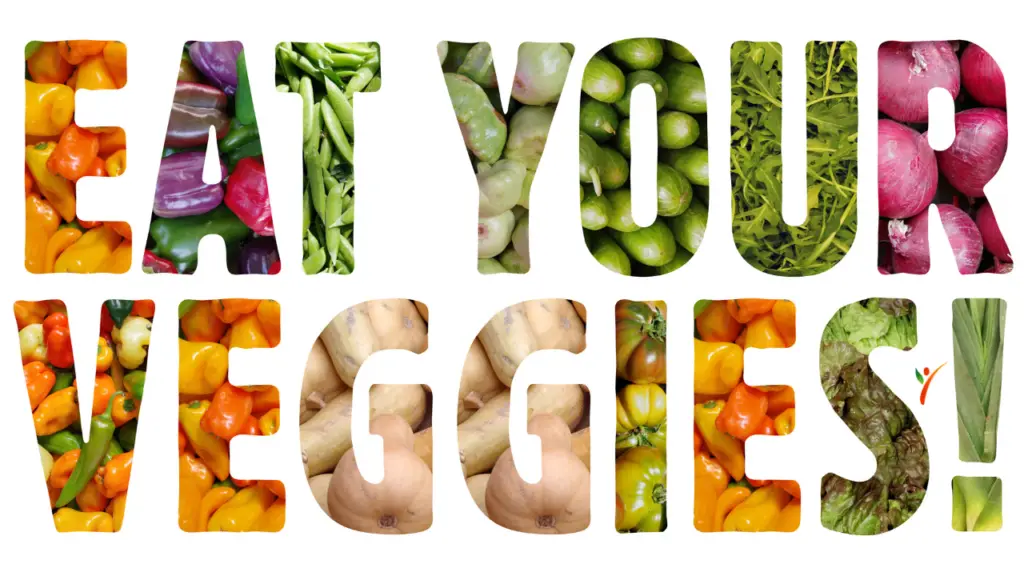
While you might've heard eating vegetables is beneficial for you since you were a child, have you ever wondered why? There are plenty of health benefits you've missed out on if you're staying away from vegetables. We have gathered a few reasons you should add them and how you can go about it.
Healthy Alternative-
A natural supplement is vegetables. Vegetables are low in fat and protein, making them a natural alternative to foods containing animal protein. You should make vegetables the focus of your meals and let other food classes follow them. There could be a change of attitude for individual households, from meat and potatoes to potatoes and meat.
In the medley of vegetables and grains, the animal food is something of a garnish, providing color and nutrients. Stir-frying veggies with seafood or chicken is a good example. At least make vegetables equal stars in the meal if you're not willing to relegate steak and meatloaf to second place. Your family will eventually continue consuming less meat with delicious and nutritious vegetable dishes on the table.
Packed with Nutrition-
Vegetables pack a handful of nutrition within a minimum calorie range. Half a cup of vegetables contains a full spectrum of vitamins, minerals, and health-building compounds or phytonutrients. And all of this for a mere 35 calories, the perfect route to a healthy weight-loss plan without feeling hungry.
Start loading up on legumes, i.e., beans, peas, and the lentils family. Rich in folate, legumes are among the best plant sources of proteins, fiber, and iron, second only to soy.
Reduce the Risk of Diabetes-
Recent studies show that the more plant foods you consume, the lower your chance of type 2 diabetes. There is a significant decrease in insulin resistance and inflammation because of the antioxidant property of vegetables.
Studies state that you can reduce the risk of diabetes by 30% with a balanced diet if you look at the numbers. Fibers, proteins, minerals, enzymes, and other protective compounds are in these foods. Vegetables high in magnesium have also shown positive results in reducing diabetes risk.
Improving Heart Health-
Vegetables contain a wide range of plant compounds that play a vital role in heart health. They include reduced cholesterol, increased blood vessel functioning, reduced blood pressure, and decreased inflammation.
Studies depict that around ten fruit and vegetable servings per day can reduce cardiovascular disease by 28%. Additionally, studies also suggest that vegetables reduce the risk of premature death by 31%.
Adding Veggies to Your Diet

Many people find it difficult to eat vegetables daily and are always struggling to do so. The trick is to make a diverse meal plan, so you don't get bored eating vegetables every day. We have tons of ways to experiment with veggies in the kitchen instead of sticking to the same recipes.
Breakfast-
Breakfast is an essential meal since you're just starting your day. The nutrition you gather for breakfast keeps you going until lunch. Scrambled eggs with veggies are a classic option for a breakfast meal. You can add bell pepper, mushrooms, onions, and tomatoes.
If you're feeling a little adventurous, make a breakfast taco. Vegetable hash browns using sweet potatoes or cauliflower is another example. Don't forget to add veggies to your smoothie to top it all off.
Lunch-
For lunch, you don't want to go overboard, but you'll need something filling and nutritious. Mix and match your favorite veggies, and you can make tons of dishes for your lunch.
Salads, burritos, sandwiches, and wraps are all options that will make you want to keep eating. You can even find recipes for your favorite vegetables for these dishes. The possibilities are endless once you explore.
Dinner-
The last meal of the day should surely be delicious to end the day on a good note. Are you looking for dinner ideas with the vegetables in your refrigerator?
Pasta, lasagna, rice, pies, and soup make great accomplices for vegetables. Another idea is to make the dish's veggies star by roasting or baking them in the oven.
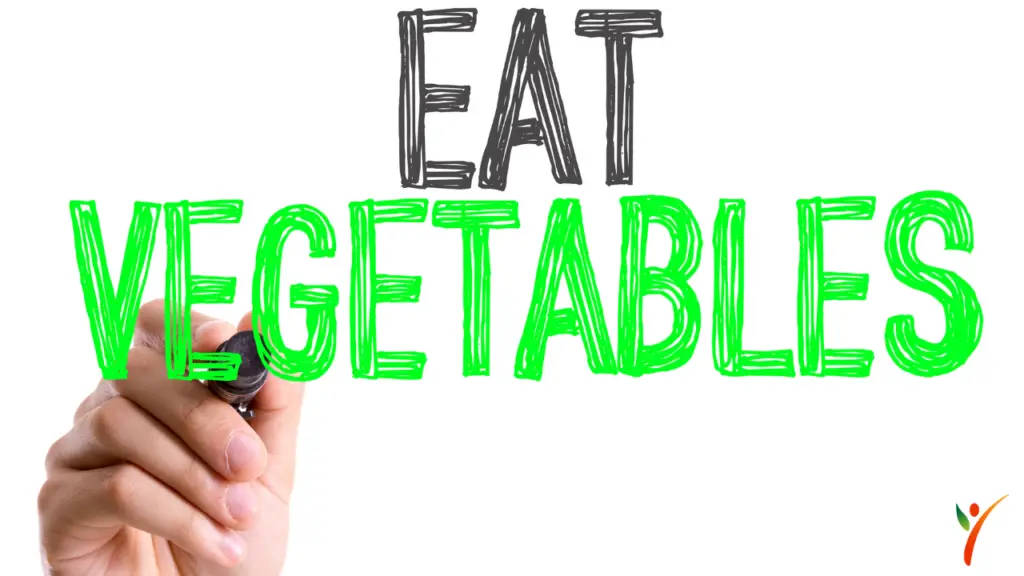
Wrapping Up
While a gluten-free diet means you must check a lot of ingredients, vegetables aren't the enemy.
The vegetable world, combined with a gluten-free life, isn't just about a healthy lifestyle. It can also be equally adventurous to try out new recipes.
Let's not forget the burst of flavor veggies can add to a dish if done right.
The owner of this website, HealthYeahLife.com, is a participant in the Amazon Services LLC Associates Program, an affiliate advertising program designed to provide a means for sites to earn advertising fees by advertising and linking HealthYeahLife.com Review to Amazon properties including, but not limited to, amazon.com.

